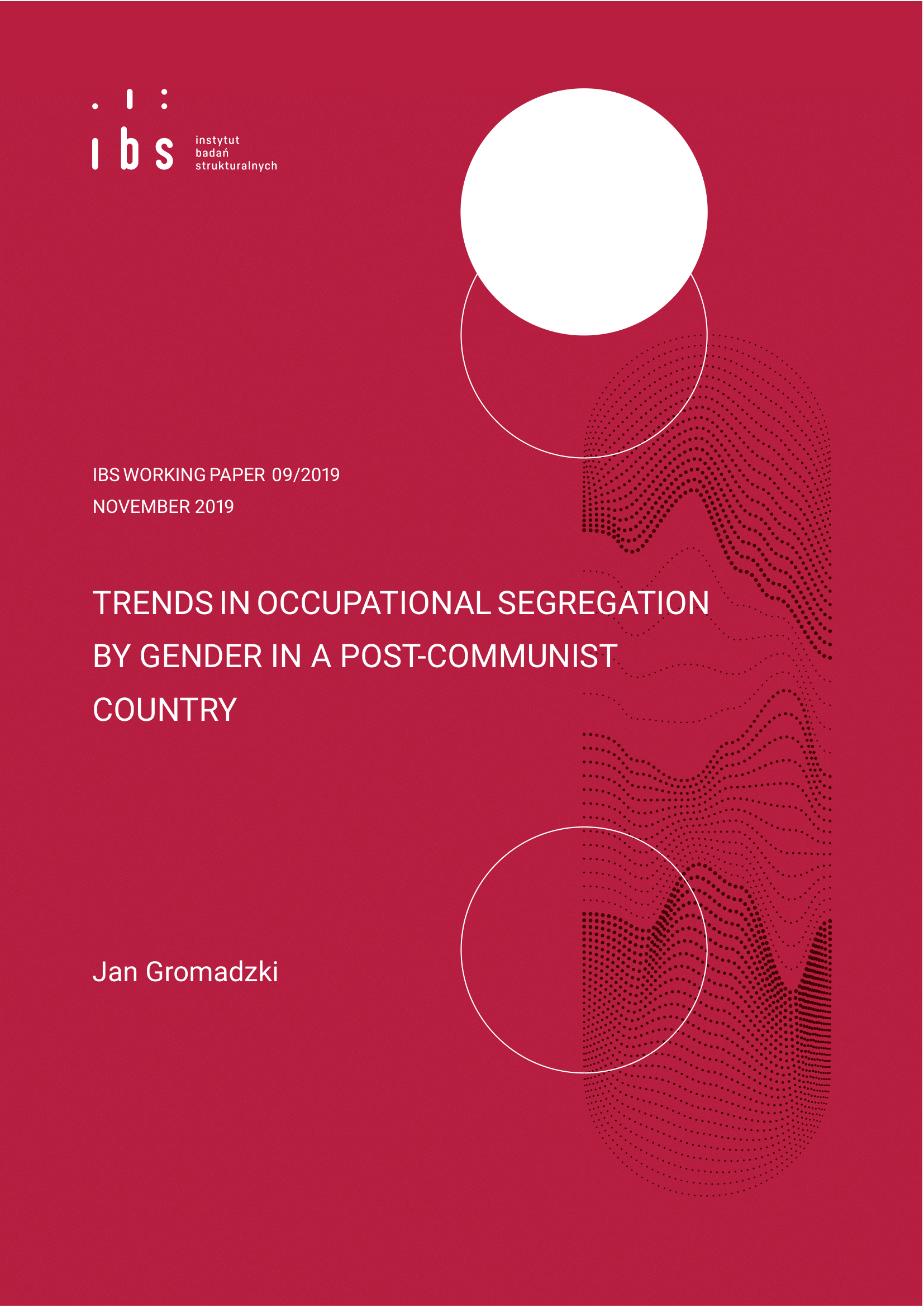The communist states promoted women’s participation in the labour market and encouraged women to enter male-dominated occupations, which should have resulted in relatively low levels of occupational segregation by gender. I show that after the transition to the market economy, the level of occupational segregation by gender in Poland did not increase, but remained rather stable. I exploit the cohort and regional variation in exposure to communist propaganda to analyse the role of social norms in shaping occupational segregation by gender. The results suggest that the fostering of women’s empowerment by communist authorities may have been limited to the early phase of the communist era.

This article was prepared within a project financed by the National Science Centre Poland, project no. UMO-2017/27/B/HS4/01201. I am grateful to Piotr Lewandowski, Iga Magda and Nelson Mesker for their valuable comments. I also gratefully acknowledge the use of the Python/Stata template provided by von Gaudecker,(2014). This study is based on data from Statistics Poland (GUS), Polish Labour Force Survey 1995-2017. GUS has no responsibility for the results and the conclusions, which are those of the author.
Department of Economics, Vienna University of Economics and Business; Institute for Structural Research (IBS); IZA.

